IF there’s one thing the Curragh has been crying out for in recent years, it’s a feel-good factor.
On the plus side, for all that Sunday’s Dubai Duty Free Irish Derby crowd was slightly down on 2022 levels, it feels like steps have been taken in the right direction this season at a track where constant scrutiny has become the norm.
There is still a way to go, no question, but many who have passed through the gates in recent months acknowledged green shoots at Irish flat racing headquarters. Here’s hoping for further progress.
As for matters on the track, the Irish Derby isn’t lighting everyone’s fire in terms of the quality of spectacle it delivers.
Last year’s race failed to make the Longines Top 100 Group/Grade 1 races in the world (dropping from joint-94th a year earlier), Aidan O’Brien has supplied a staggering 41% of all runners in the race since his first Irish Derby win in 1997 and some have called for the race distance to be shortened in a bid to attract a greater spread of top quality horses from around Europe.
With runners rated 97 and 99 finishing third and fourth last weekend - collecting a combined total of €187,500 in a year when the prize fund was increased by €250,000 - there are bound to be further discussions surrounding the race’s standing over the next 12 months.
Admittedly at a significantly lower level than the Irish Derby, one race that is absolutely delivering the feel-good factor to the Curragh - and to the wider viewing public - is the Ladies Derby.
Big weekend window
During a time when it feels as though superpower stables and large-scale owners are increasingly dominating the limelight on major racedays - including when Irish racing has valuable terrestrial coverage slots on RTE - the Kildare Village-backed handicap is a breath of fresh air. That has been the case over the last few years too.
Cast your mind back to the 2020 renewal. It was the launchpad for future Group 1 winner Princess Zoe, who recorded her first success in Ireland off a mark of 70 - just the 44lb well-in compared to the top rating she would achieve a little over a year later.
Winning rider Jody Townend had partnered just 10 winners prior to landing the prize as a 7lb claimer for Tony Mullins. It represented a significant success in the early stages of her career, and clearly meant a lot.
Last year’s Ladies Derby delivered one of the most passionate and memorable post-race interviews for some time when the father-and-daughter team of Pat and Sylvia O’Donnell struck with Extensio.
The emotional winning trainer’s reaction was television gold, and it easily would have captured the attention of any neutral viewer tuning in on the day.
“This is unbelievable,” he said, fighting back tears. “I’d have given up a group winner for my daughter to ride the winner of this race. We planned it two years ago. The Ladies Derby is an important race and this is a family horse.
“I was fortunate to have a winner at Cheltenham in 1995 [with Chance Coffey in the Coral Cup] but I’m sorry to say to all those National Hunt aficionados that it pales into insignificance now.”
Smaller yards
It may not have been quite as intense a response in the post-race exchanges last weekend, but the enthusiasm of this year’s winning rider Amy Jo Hayes was also infectious as she savoured her 10th and biggest victory in her fledgling career on Alanya. She produced a polished ride on the ready winner.
Without any disrespect to the country’s bigger outfits, who shouldn’t be knocked for excelling at what they do, it is highly enjoyable to see smaller yards - and lesser-known riders - revel in a win on the big stage.
The Ladies Derby, switched from Irish Oaks day to Derby weekend this year, allows connections of all sizes to have a proper crack at a televised handicap on a major weekend. And the race means something to the riders trying to win it. It simply works.
An outlet like this on the big stage is also important when the sport is facing accusations of taxpayer-boosted prize money primarily being a benefit to a powerful minority.
More to be done
Even more so, though, races specifically designed for female riders offer crucial exposure and opportunities that are badly needed for women on the flat. Given how the race has been delivering far more excitement than your typical handicap at this sort of grade, there is certainly a case for putting on more ladies-only races over the course of the season.
In total, there are only five flat races designated for female jockeys during the entire flat season, and three of them are restricted to qualified riders.
One of the five races, open solely to apprentices and qualified riders, sees the top-weight carry 11st 7lb, meaning flat jockeys with naturally light weights face carrying a significant amount of lead in their saddle to make up the difference from their natural weight.
It is true that the population of female jockeys riding on the flat is small, and, for this reason, there may be some reluctance on the authorities’ behalf to put on more races for females.
However, only once in the last five years has there been fewer than 14 runners in the Ladies Derby. For context, the average field size on the flat in Ireland was 12.1 in 2022.
On top of that, of the 15 runners in this year’s Ladies’ Derby, only three were ridden by amateurs - a change from previous years when the race was dominated by qualified riders.
New series option
THERE is clear scope to develop more races in this area. Could the prospect of a Ladies’ Triple Crown be explored? To accompany the Ladies Derby Handicap on Irish Derby weekend, a Ladies Guineas over the classic course and distance could surely fit in somewhere across the three-day Irish Guineas Festival in May.
The Irish Champions Festival is already jam-packed with 16 races across Leopardstown and the Curragh, but a Ladies Leger over the same trip as the season’s final classic might find a home at the Curragh’s Autumn Festival in September. That two-day meeting has already had a change-up recently with the newly-revamped Friends Of The Curragh Irish Cesarewitch.
If a sponsorship partner came on board, a points system could be developed across the three races, with the leading rider awarded a cash prize. Three races, three significant meetings and three proper chances for female flat riders to gain exposure, experience and confidence for the rest of the season.
Overall, there is an element of the chicken-and-egg scenario when it comes to increasing female-only opportunities on these shores, but how can riders hone their skills without suitable opportunities? It is essential.
There are many strong links in Irish racing but the scarcity of female jockeys making an impact on the flat is an one that needs attention from somewhere.
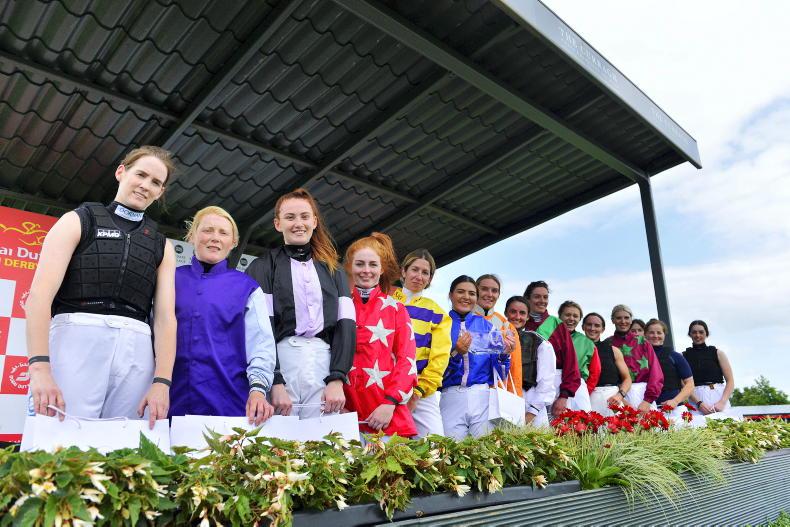

 This is a subscriber-only article
This is a subscriber-only article
 It looks like you're browsing in private mode
It looks like you're browsing in private mode




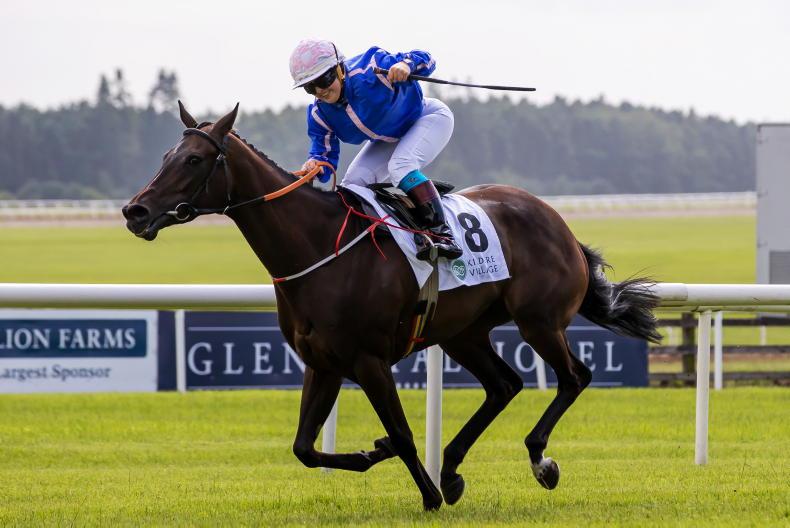
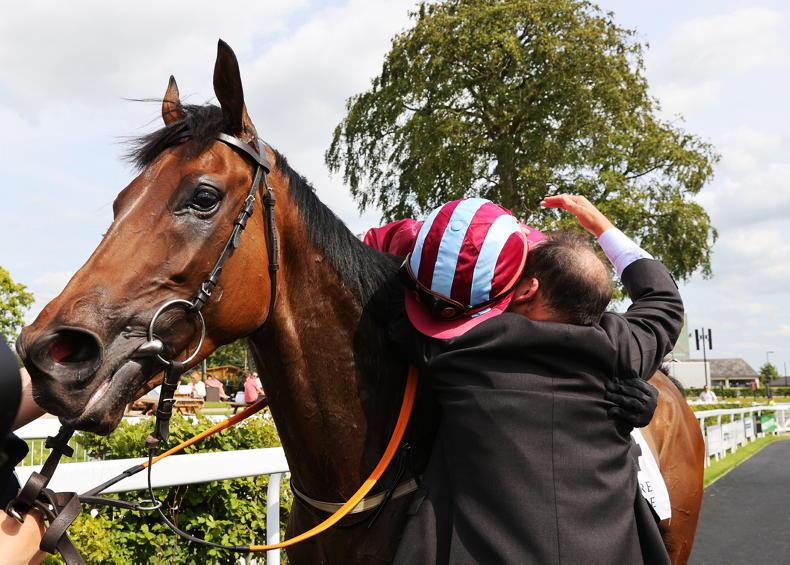

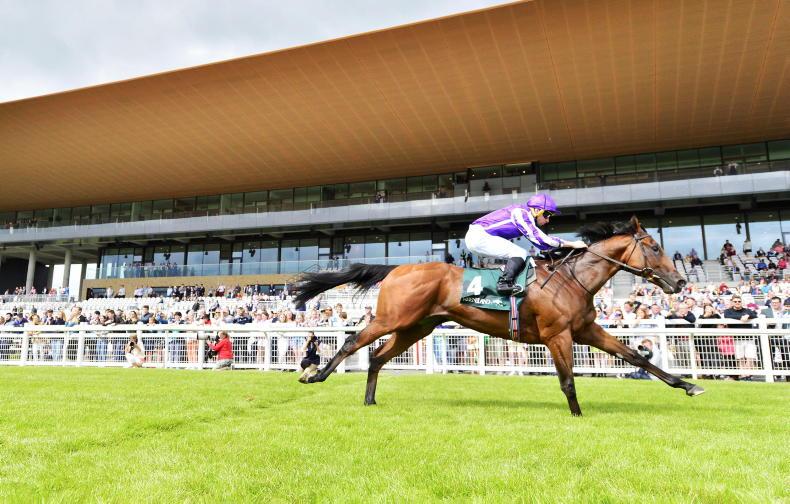

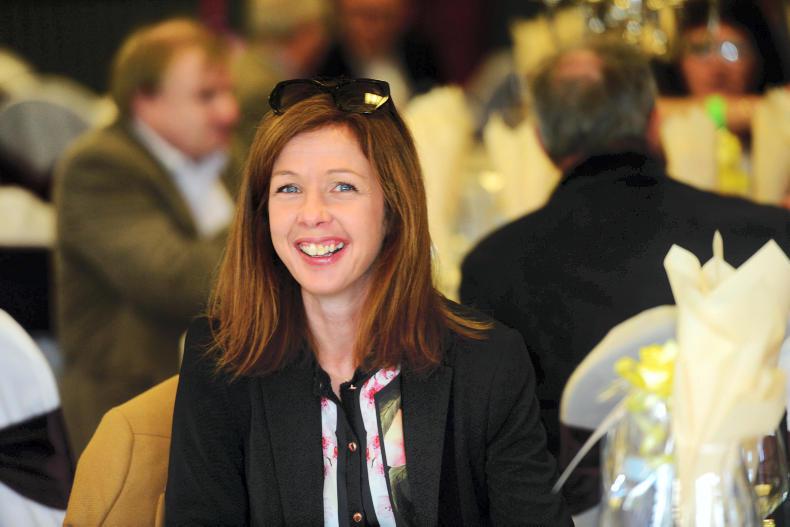
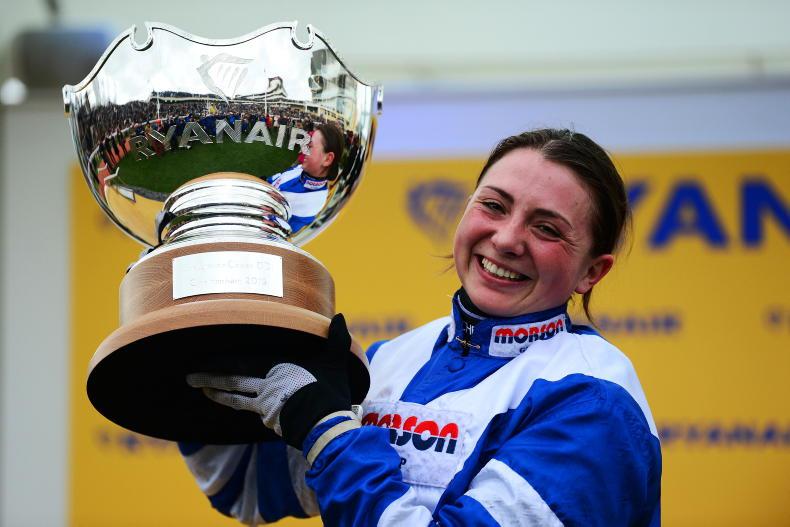

SHARING OPTIONS: